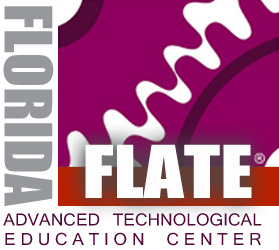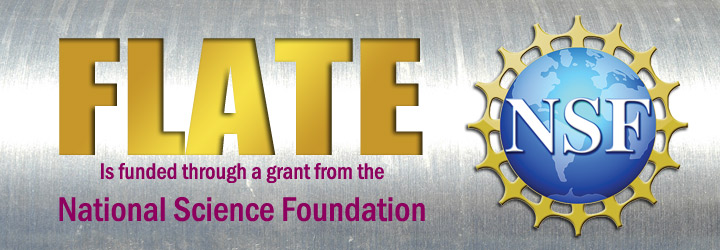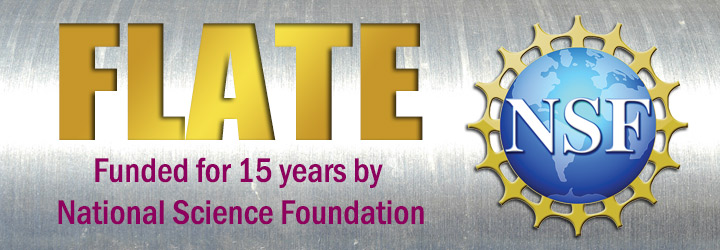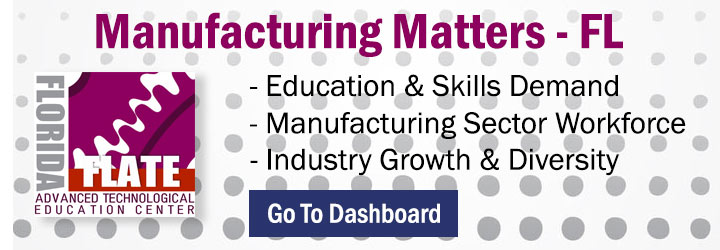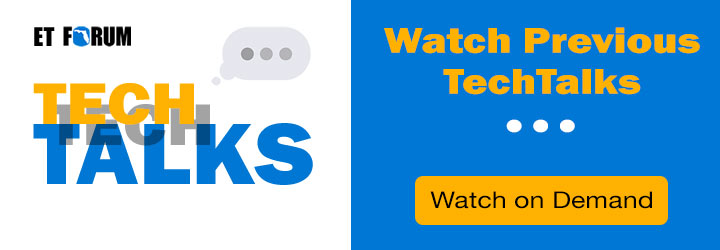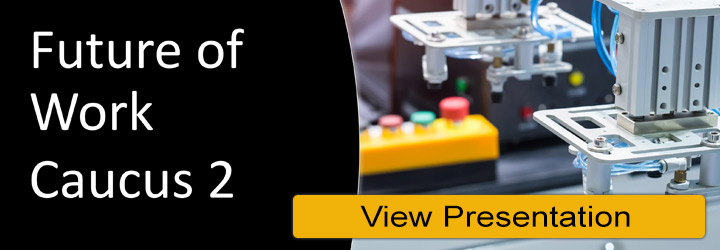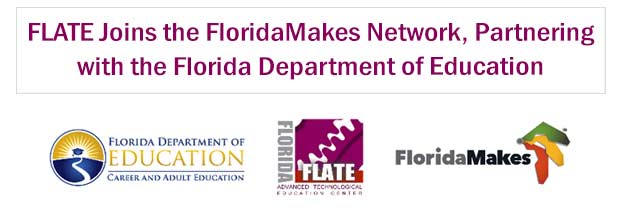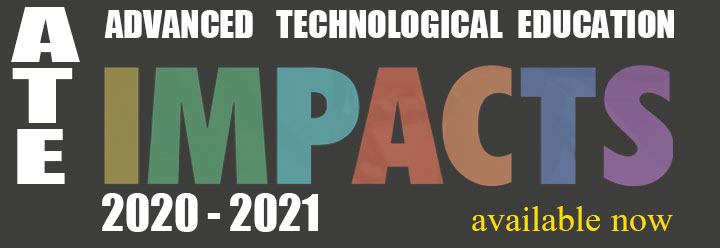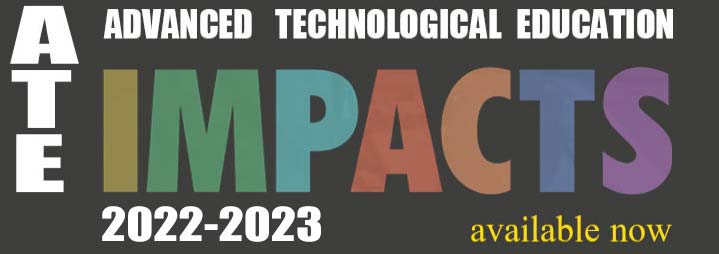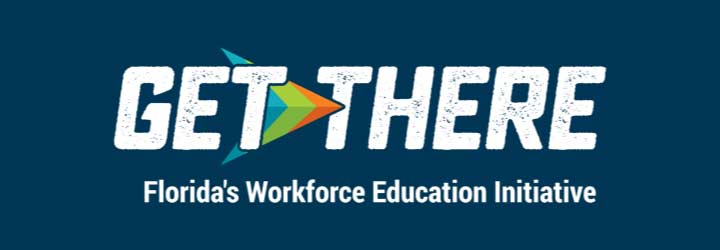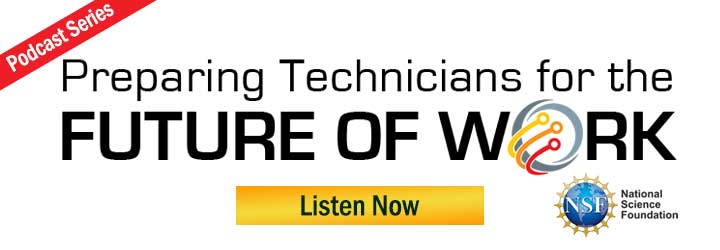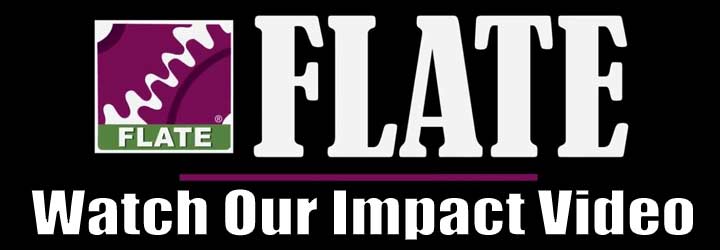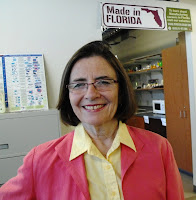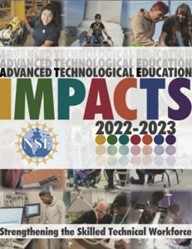Unraveling Influencers & Decision Makers in the Degree Selection Process
strategies work? Who are the people who influence a new student’s decision? Last fall, the National Science Foundation Advanced Technological Education (ATE), National Center for Optics and Photonics Education (OP-TEC), set out to find out why students were enrolled in optics and photonics programs at partner institutions. Some of the findings outlined in the study were obvious, while others might surprise you, or keep you thinking.
Here is a brief summary of what they found. The survey was administered to 70 students from six partner colleges who had started the optics and/or photonics program that semester. Following the survey, the report revealed demographics of the group were 89% male with an average age of 27. The report also showed 80% were white and 9% were African American.
With respect to the participants completing high school mathematics and science courses, it was found over
70% had taken Algebra I, 60% had taken Algebra II, and 59% had taken Geometry. However, the participants over 30 years old were significantly less likely to have completed these same math courses. About half of all participants had completed chemistry with a lower percentage having completed physics, with the older students much less likely to have completed either. Moreover, 34% of the participants went to work after high school, 34% entered the optics/photonics/laser program in one of the participating colleges, and the remaining were in another educational program at a two, or four-year institution.
Survey questions were targeted to discover what the participants’ first exposure to the optics/photonics/laser
program was; who/what helped them make their final decision to enroll; and what did they plan to do when they completed the two-year degree. Survey participants were also asked what information was important in their final decision to enroll. The respondents were put into two equally sized groups, separated by the median age of 22. The report provides both aggregated data and response of the two age groups.
Parents were the most likely to help the younger group make their final decision to enroll. For the older group, 30% selected “other,” followed by 26% selecting their spouse as the person who helped make the final decision. Only 11% of this group reported parents as those influencing their final decision. Information from college recruiters influenced 68% of the younger age group, but only 32% of the older ones. The latter was also most likely to be influenced by information found in print and/or online sources. When asked why they entered the program, the survey participants overwhelmingly chose the optics/photonics/laser program for the solid employment opportunities, and/or their strong technical skills, and/or an interest in the discipline. Salaries, program length, instructor quality and financial aid/scholarships were all important to over half of the respondents.
More interesting details can be found in the breakdown between age groups, but you can explore those on your own along with closing recommendations at www.op-tec.org. There is a lot of information that our educational partners can use for most of our technical programs including the A.S. engineering technology degree and its certificates. Perhaps the most important information to be gleaned from the survey is that it is important to know who your students are, who helps them make decisions, what interventions work, what they want out of an educational program. Please contact Dan Hull (hull@op-tec.org) for additional information.
Shifting gears from the optics and photonics track, I invite you all to enjoy the Spring edition of the FLATE Focus which is bursting with exciting news about our line-up of upcoming robotics camps and workshops. I’d also like to call your attention to the amazing initiative led by Volusia Manufacturers Association, FLATE’s strategic regional partner, to highlight the robust manufacturing sector in Central Florida. As always try your hand at this month’s sTEm puzzle by comparing your answers to last month’s challenge, and make note of how local homeschoolers are sharpening their STEM skills through experiential learning. Before signing off, take in the colors of spring by traveling vicariously to south Florida where the largest manufacturer for Chrysanthemums in North America is located, and make a quick stop at the Florida Energy Systems Consortium website to get some fast fingered facts on Florida’s energy industry.
These and much more in this edition of the FLATE Focus. Enjoy!
